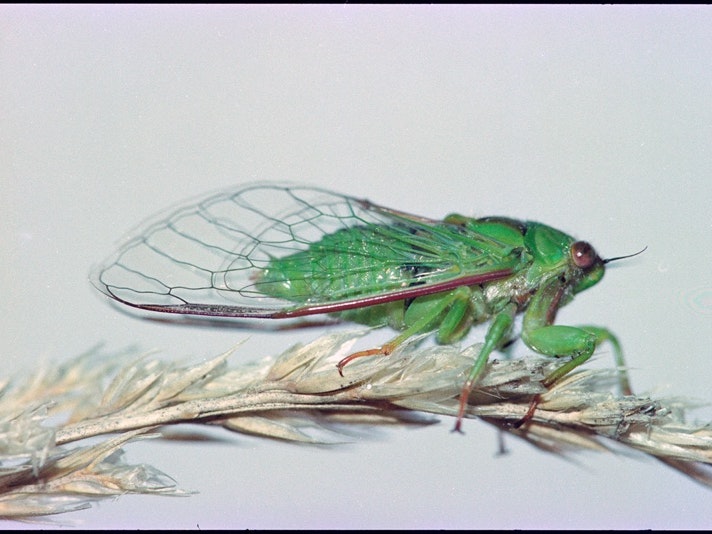
Lifecycle of a cicada
New Zealand has 34 species of cicadas. Five of these species are then further divided into several subspecies, to give 42 unique species and subspecies of New Zealand cicada.
Free museum entry for New Zealanders and people living in New Zealand
Open every day 10am-6pm
(except Christmas Day)
Free museum entry for New Zealanders and people living in New Zealand
Aotearoa New Zealand has 34 species of cicadas. Five of these species are then further divided into several subspecies, to give 42 unique species and subspecies of New Zealand cicada.
Aotearoa New Zealand has such a large number of cicadas for its size partly due to the mountain ranges acting as natural barriers between populations which has led to the divergence of lots of different species.

New Zealand has 34 species of cicadas. Five of these species are then further divided into several subspecies, to give 42 unique species and subspecies of New Zealand cicada.

How does a cicada attract a mate? How do they hear? Why do they vibrate their wings and drum on the ground? Insects use many different ways to communicate. Like us humans, many insects use sound waves to communicate, but some insects use other techniques too.
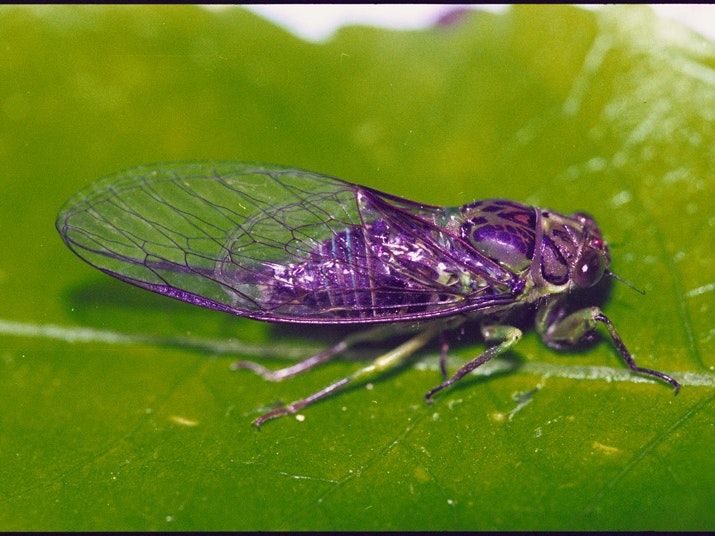
Once the cicadas have become adults, the males soon start their chorus to attract females. Listen to the different types of cicada songs.
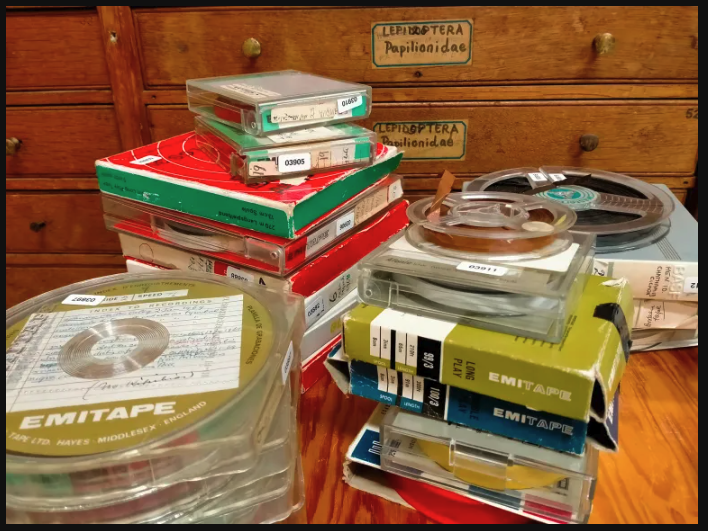
These audio tapes were recorded by Sir Charles Fleming in his pioneering study of our country’s cicadas in the 1960s and 70s. Finlay Dempster, one of our natural history interns, explains the significance of these audio tapes and the man who made them.
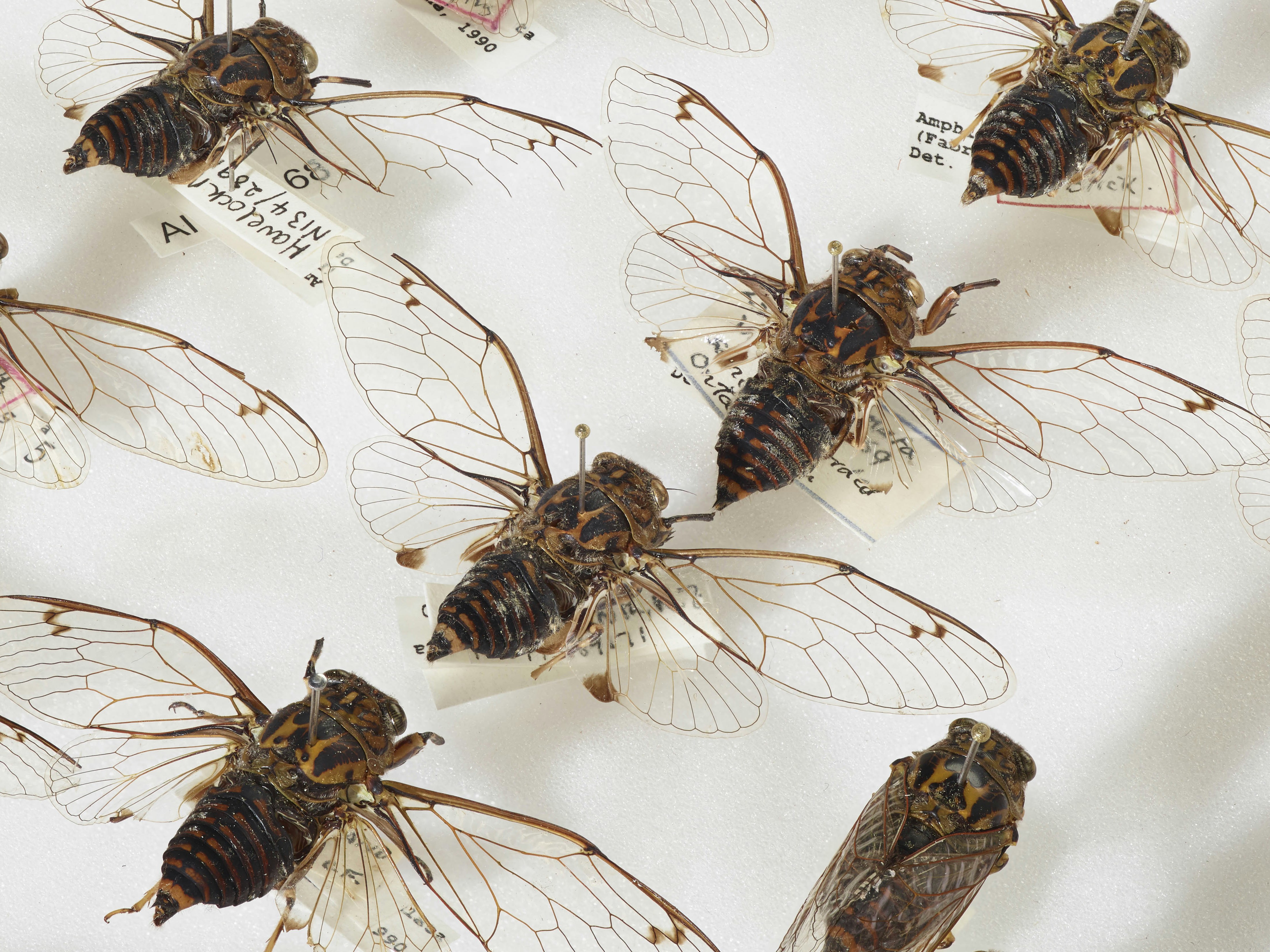
Browse our cicadas on Collections Online
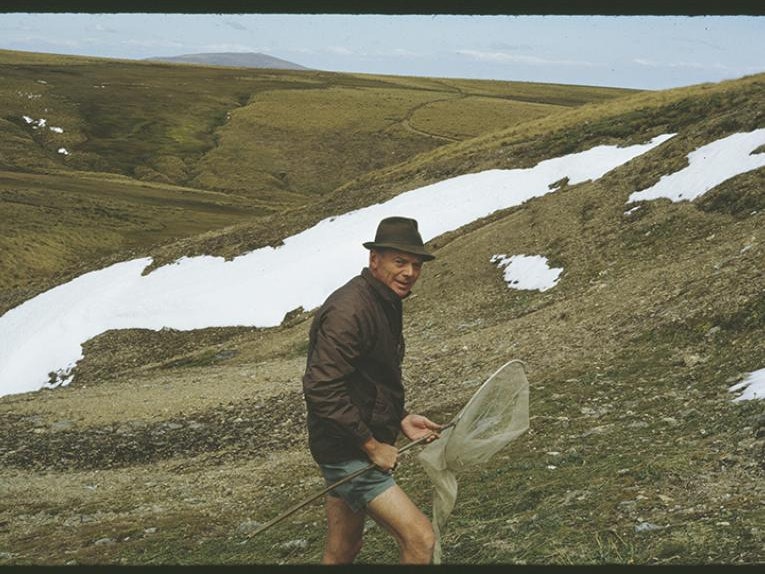
Charles Alexander Fleming KBE FRS FRSNZ (1916–1987) was a geologist, biologist, and environmentalist, who investigated New Zealand’s unique wildlife throughout his career. His collection includes over 2000 different specimens and many of them can be seen on Collections Online.